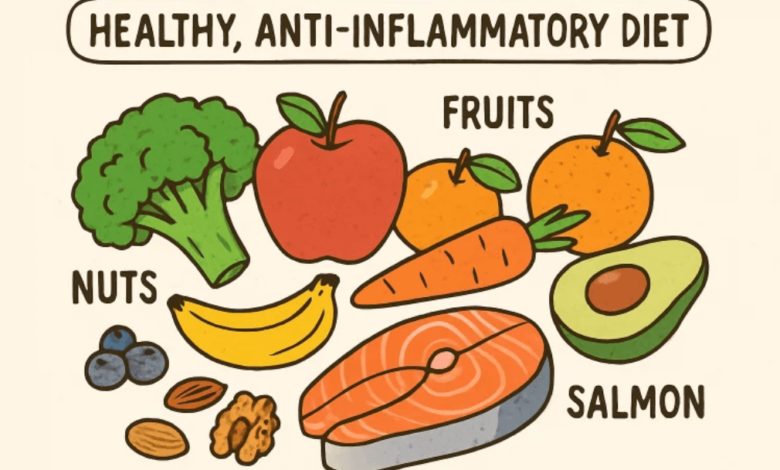Natural Relief Approaches for Chronic Pain Management

Natural modalities aim to restore balance and nurture the body’s healing ability, reducing dependence on pharmaceuticals. Combining evidence-based therapies can support increased mobility, stability, and mental clarity. Discovering the best blend requires patience and an individualized approach, but rewards include increased self-agency and optimism.
Chronic pain affects millions globally, affecting physical health, emotional well-being, relationships, and daily life. Conventional methods like prescription medications and surgery may not be suitable for everyone, leading to frustration and isolation. For people looking to explore alternatives with expert guidance and a comprehensive outlook, chronic pain treatment provides integrative solutions and insight into effective care. By embracing natural management options, individuals can take a proactive role in their wellness and pursue greater comfort, flexibility, and resilience.
Acupuncture
Acupuncture, a centuries-old healing technique in traditional Chinese medicine, involves inserting fine needles at specific points to balance Qi, vital energy, and health. It has been shown to be beneficial for chronic pain conditions like back and neck pain, osteoarthritis, and migraine headaches. After several sessions, patients experience reduced pain intensity and frequency, increased mobility, decreased medication reliance, and improved quality of life. Acupuncture is also a multifaceted approach to wellness.
Massage Therapy
Massage therapy is a method of manipulating muscles and soft tissue to alleviate discomfort, improve blood flow, and promote relaxation. Techniques like Swedish, deep tissue, and myofascial release are used to target areas associated with chronic issues like fibromyalgia, sports injuries, or lower back pain. Regular massage reduces inflammation, relaxes muscle spasms, and decreases stress hormones. It’s also a preventative care method, improving posture, sleep, circulation, and resilience.
Mindfulness and Meditation
Mindfulness and meditation practices can significantly improve the relationship with chronic pain. By paying nonjudgmental attention to bodily sensations, thoughts, and emotions, individuals can decrease emotional distress and anxiety. Meditation, breathing exercises, and Mindfulness-Based Stress Reduction programs provide lasting pain relief and emotional steadiness, leading to increased tolerance to pain, reduced stress, and improved coping strategies.
See also: The Foundation of Stability: Exploring the Role of Feet in Balance
Physical Therapy and Exercise
Physical therapy is crucial for managing chronic pain by restoring mobility, rebuilding muscle strength, and improving joint flexibility. A trained therapist can design exercise routines tailored to individual needs, such as swimming, walking, cycling, or stretching. These programs can reduce dependency on medications, minimize injury risk, and prevent pain flare-ups. Exercise also boosts mood, promotes better rest, and increases stamina, all essential to sustainable pain management.
Dietary Approaches
Nutrition significantly impacts chronic pain levels by influencing systemic inflammation. An anti-inflammatory diet is beneficial, focusing on whole foods like leafy greens, berries, nuts, fatty fish, and healthy oils. Omega-3 fatty acids, antioxidant-rich fruits, and vegetables help lower inflammation and soothe pain. Minimizing processed foods, trans fats, and added sugars can alleviate pain. A balanced, variety-focused diet improves energy and long-term well-being.
Herbal Remedies
Herbal supplements and botanicals with anti-inflammatory and analgesic properties, such as turmeric, ginger, willow bark, and boswellia, have been used for centuries to provide gentler, more sustainable relief than over-the-counter medications. However, due to potential interactions with prescribed drugs or medical conditions, it is crucial to consult a qualified healthcare provider before starting any new supplement regimen to ensure safety, optimize benefits, and avoid unwanted side effects.
Tai Chi and Yoga
Gentle movement practices like tai chi and yoga offer non-invasive, low-impact pathways for managing chronic pain while enhancing general wellness. Both disciplines combine mindful movement, stretching, strength-building postures, and controlled breathing to foster greater muscle flexibility and physical balance. These practices not only help to reduce stiffness and joint pain—common with arthritis and back conditions—but also promote mental calm and emotional resilience. The accessibility of these practices means they can be adapted for almost any level of mobility and incorporated into everyday routines, from gentle chair yoga to community tai chi classes.
Integrative Approaches
Integrative pain management combines natural therapies like acupuncture, therapeutic massage, nutrition counseling, herbal recommendations, and mind-body techniques. This approach targets physical pain and emotional, social, and behavioral factors. Individuals can regain agency, functionality, and hope by combining natural relief modalities. By making informed choices and seeking professional guidance, a customized regimen can reduce symptoms and improve the quality of life for years to come. This holistic approach offers a powerful alternative to conventional pain management.




